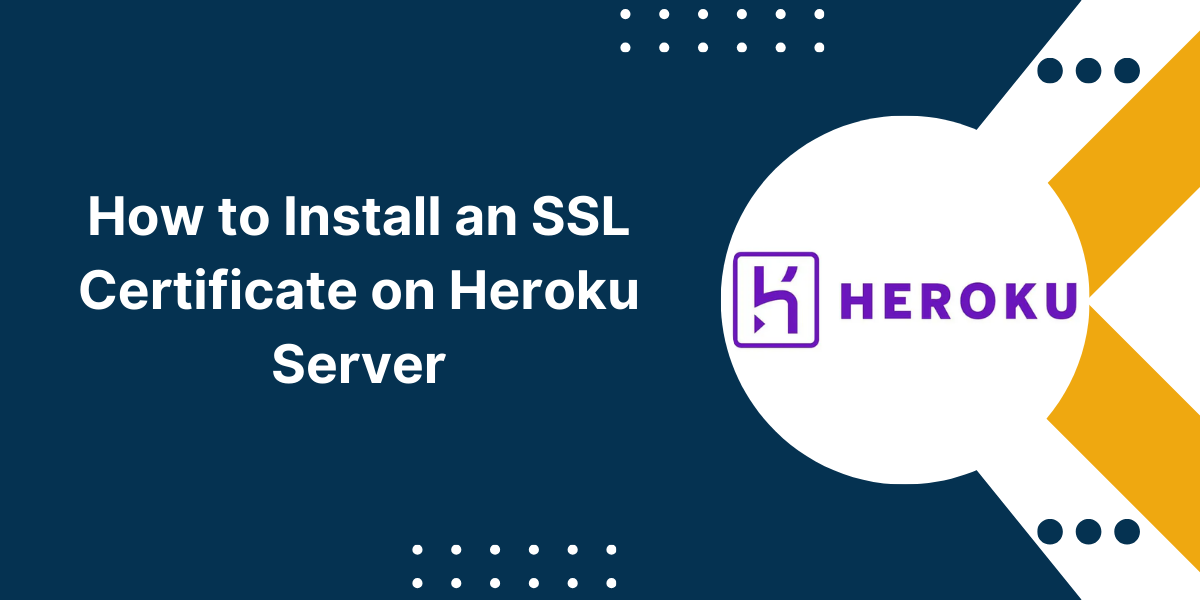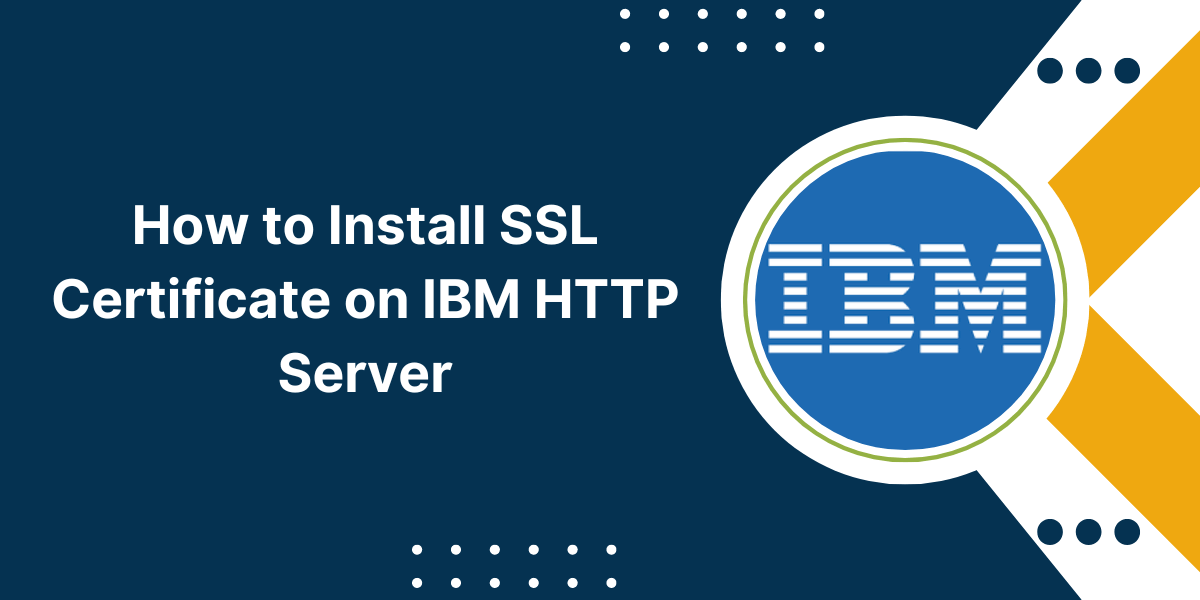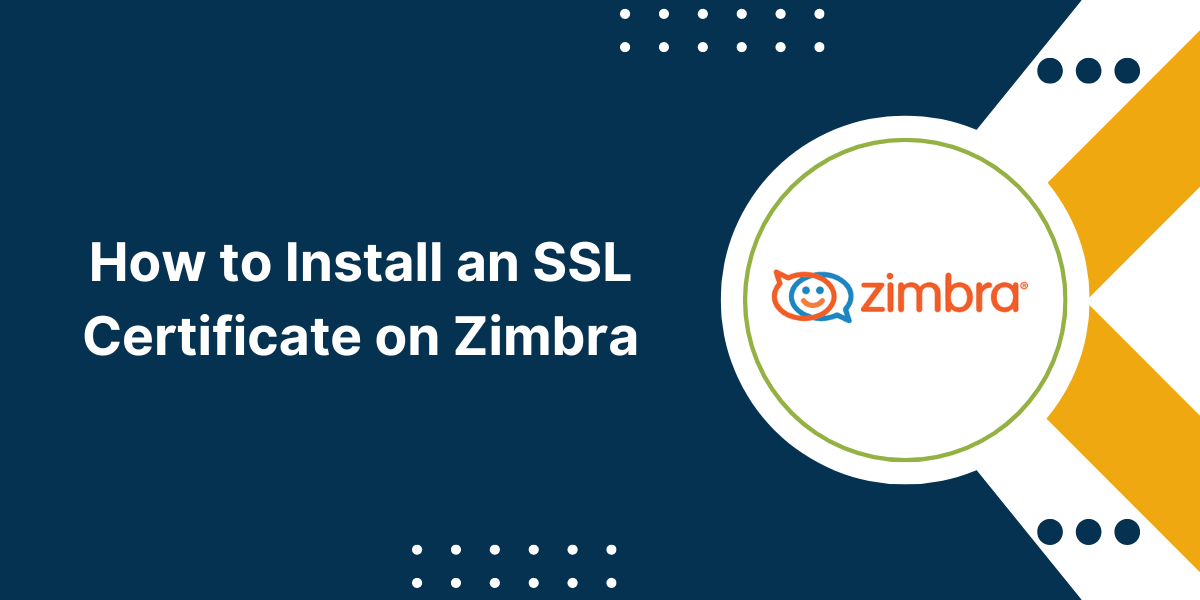Configuring SSL certificates in Virtualmin
Virtualmin is a popular open-source web hosting control panel that makes it easy to manage websites, servers, and other IT infrastructure. It provides a simple interface to handle common tasks like creating websites, managing domains, emails, databases, and more.
One important feature Virtualmin offers is SSL/TLS encryption which allows websites to transfer data securely over the internet. SSL (Secure Sockets Layer) certificates encrypt communication between a browser and website to protect sensitive information like passwords, credit cards, etc. from hackers.
If you run a website on Virtualmin, adding an SSL certificate is highly recommended to boost security. This in-depth guide will walk you through the entire process of obtaining, generating, installing, and verifying an SSL certificate on Virtualmin using step-by-step instructions.
Prerequisites before installing SSL Certificate on Virtualmin
Before starting with the SSL installation, make sure you have the following:
- Access to your Virtualmin hosting account with admin privileges.
- A registered domain name pointed to your Virtualmin server.
- Decide which domain you want to secure with SSL.
- Purchase an SSL certificate from a trusted Certificate Authority (CA).
A Step-by-Step Guide to Install an SSL Certificate on Virtualmin
Installing SSL certificate on Virtualmin involves a few key steps:
Step 1 – Generate CSR on Virtualmin
The first step is to generate a Certificate Signing Request (CSR) for your domain. The CSR contains information about your server and is submitted to the CA to obtain the SSL certificate specifically for your site.
Here are the steps to generate a CSR in Virtualmin:
- Login to your Virtualmin control panel.
- Click on the drop-down menu in the top left corner and select the domain you want to secure.
- Go to SSL Certificates under the Server Configuration tab.
- Click on Create SSL Certificate Request.
- Enter the following details:
- Common Name: Your domain name (example.com)
- Organization: Your company name
- Organization Unit: Department (optional)
- City/Locality: City where your business is located
- State/Province: State/Region
- Country Code: Two-letter country code
- Email Address: Your or admin’s contact email
- Key Size: 2048 (recommended)
- Click Create.
- Copy the CSR code generated and save it to submit to the CA.
Once you have the CSR, proceed to purchase your SSL certificate. While buying, you will need to provide this CSR code to the CA.
Step 2 – Purchase an SSL Certificate
Now that you’ve generated a CSR, it’s time to actually buy an SSL certificate from a trusted CA. Here are some tips on choosing the right SSL certificate for Virtualmin:
- Validation Level: Make sure to get a domain validated (DV) certificate which is faster and cheaper. Extended validation (EV) certs require extra vetting and are overkill for most uses.
- Branding: Stick to reputed CAs like Comodo, RapidSSL, GeoTrust for maximum browser compatibility. Avoid unknown brands.
- SAN/Wildcards: If you need to secure multiple domains/subdomains, consider a multi-domain SAN, wildcard, or Unified Communications certificate.
- Budget: SSL certs can range from $10-$150 per year. Define your budget and look for deals to reduce costs.
Once you’ve selected the appropriate SSL certificate, purchase it from the CA and they will ask for your CSR to verify domain ownership.
The CA will then issue the SSL certificate files containing the public key and domain information.
Step 3: Install SSL Certificate on Virtualmin
After receiving the SSL certificate ZIP file from the CA, it’s time to install it on Virtualmin. Follow these steps:
- Extract and download the ZIP folder containing the certificate files to your computer.
- Locate the following files:
- Certificate: Your domain_name.crt or .cer file
- Private Key: domain_name.key
- CA Bundle: Optional root and intermediate certificates from CA for cross-compatibility.
- Login to your Virtualmin control panel and go to SSL Certificates under Server Configuration.
- Click on Install Existing Certificate.
- Under SSL Certificate, paste the contents of your domain_name.crt/cer file.
- Under Private Key, paste your domain_name.key file if generated on Virtualmin earlier. Or upload the key file.
- Click Install.
- Optional: To add CA bundle for compatibility, go to the CA Certificates tab and paste the bundle content.
The SSL certificate is now active on your Virtualmin server.
Step 4: Redirect Traffic to HTTPS
By default, Virtualmin will configure the HTTPS binding on port 443 automatically after installing the SSL certificate.
To redirect all HTTP traffic to encrypted HTTPS:
- Go to Virtual Servers under Server Configuration.
- Click on your domain’s virtual server.
- Under SSL/TLS Encryption, check Redirect all requests on port 80 to HTTPS.
- Click Save.
This will redirect users who type http:// to the https:// secured version.
Step 5: Verify SSL Installation
It’s crucial to verify that the SSL certificate is properly installed and configured without any issues.
Follow these checks:
- HTTPS Access: Open your website URL in the browser using https:// and it should load without warnings.
- Padlock Icon: Verify the padlock icon and green highlight appear in the browser address bar.
- Expiry Date: Check the certificate expiry date shown on the SSL details.
- Chain Completion: Use an SSL checker tool to confirm chain completion from your certificate to trusted root.
- HTTPS Redirect: Test by accessing the http:// version of your site which should redirect to https:// automatically.
- HTTPS Binding: Try accessing your IP address directly over https:// to confirm the binding works.
If you come across any issues, double check the steps and contact the CA/Virtualmin support for troubleshooting.
Step 6: Force HTTPS with .htaccess
An extra security best practice is to force HTTPS connections site-wide using .htaccess rules.
Follow these steps:
- Login to Virtualmin and open the .htaccess editor for your site.
- Add the following rules:
- RewriteEngine On
- RewriteCond %{SERVER_PORT} 80
- RewriteRule ^(.*)$ https://yourdomain.com/$1 [R,L]
- Save the .htaccess changes.
Now all HTTP requests will be redirected to HTTPS. This prevents any accidental unencrypted connections.
Troubleshooting Common SSL Issues
Sometimes you may run into problems after installing the SSL certificate on Virtualmin. Here are some common issues faced and steps to resolve them:
Browser Warning Messages
This means there are issues with the certificate chain. Try re-uploading the intermediate and root certificates given by the CA. Also confirm your server OS and Virtualmin is updated.
Site Loading Issues
Misconfigurations like pointing site to HTTP instead of HTTPS causes problems. Double check bindings, virtual host settings, and .htaccess rules.
SSL Certificate Not Installing
The private key may not match the certificate if they were generated separately. Try re-generating the CSR and buying a new cert. Also verify file formats.
HTTPS Site Not Loading
- Check for conflicting port configurations in other software like Plesk.
- Confirm the HTTPS binding is added and active on the correct IP and port.
- Flush DNS cache and test from a different network or computer.
Still facing problems? Contact your hosting provider or CA for technical assistance.
Renewing Virtualmin SSL Certificate
The SSL certificate will expire after a certain period (usually 1-3 years). You will need to renew it to maintain security on your site.
Renewal is quick and easy: just repeat the installation process with the new certificate files provided by your CA:
- Generate and submit a fresh CSR code from Virtualmin.
- Download and install the renewed certificate.
- Restart associated services like Apache/Nginx.
Make sure to renew several weeks before the current certificate expires to prevent any disruption.
Also set reminders for yourself as the renewal date approaches to take timely action.
Conclusion
Installing and maintaining SSL certificates is crucial for delivering secure, encrypted websites using Virtualmin. This in-depth guide covers the end-to-end process starting from generating CSR, purchasing the right certificate, installing it properly on Virtualmin, post-installation verification, troubleshooting issues, forcing HTTPS via .htaccess, and renewing the certificate smoothly.
The following steps will help you implement SSL securely on your Virtualmin server to protect sensitive user data and provide peace of mind against eavesdropping attempts.
As your website grows, routinely monitor the SSL configuration and keep the certificates up-to-date to uphold thehighest standards of security and trust.



